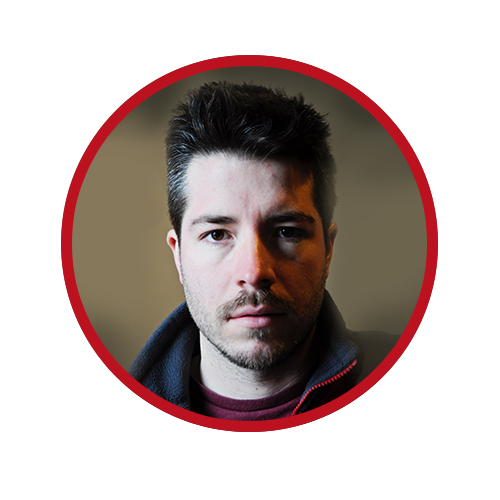Deep Sea Archaeological Survey in the Black Sea – Robotic Documentation of 2,500 Years of Human Seafaring
Between 2015 and 2017, the Black Sea Maritime Archaeology Project (Black Sea MAP) discovered and recorded 65 shipwreck sites dating from the 5th/4th Century BC to the 19th Century AD in the Bulgarian EEZ. Using state-of-the-art remotely-operated vehicles to survey the seabed, the team captured more than 250,000 high-definition (HD) photographs, hundreds of hours of ultra-high (UHD) video together with acoustic bathymetric, laser bathymetric, side-scan sonar and seismic data. The wrecks were located in depths from 40 to 2,200 metres – the shipwrecks in the deeper range presented extraordinary archaeological preservation due to the Black Sea’s anoxic conditions. This paper will introduce the methods used based on a wide range of deep-sea optic and acoustic survey techniques to create 3D and pseudo 4D models of the shipwrecks. It will focus on a selection of vessels demonstrating the project’s survey strategy, as well as adaptations developed in response to operational conditions; the implementation of deep sea robotics to generate georeferenced high-resolution photogrammetric models and the benefits this has as an on-site and post-cruise interpretative tool. It demonstrates that in-theatre acquisition and processing of high-quality datasets is a working reality and has fundamental implications for management, but it also shows the advantages this brings to the archaeological research process: Firstly, in the creation of spatio-temporal models, i.e., 4D representations of a site pre and post archaeological excavation; and secondly, in monitoring effects of change or assessment of threat as part of the long-term management strategy. It also shows the value of a well-funded collaboration between the academia and industry, and that deep water archaeology can and must be totally UNESCO compliant.
